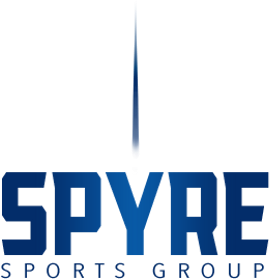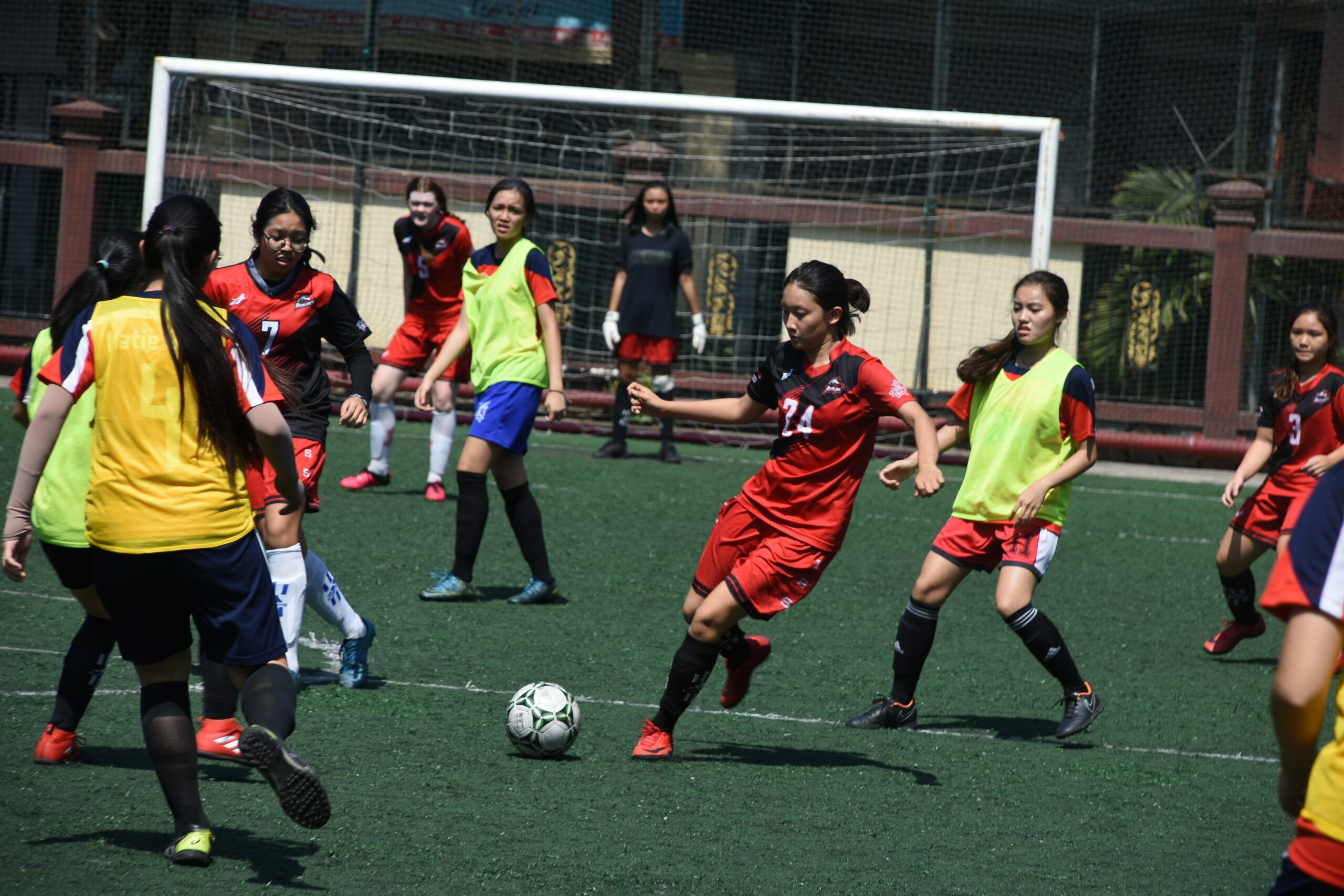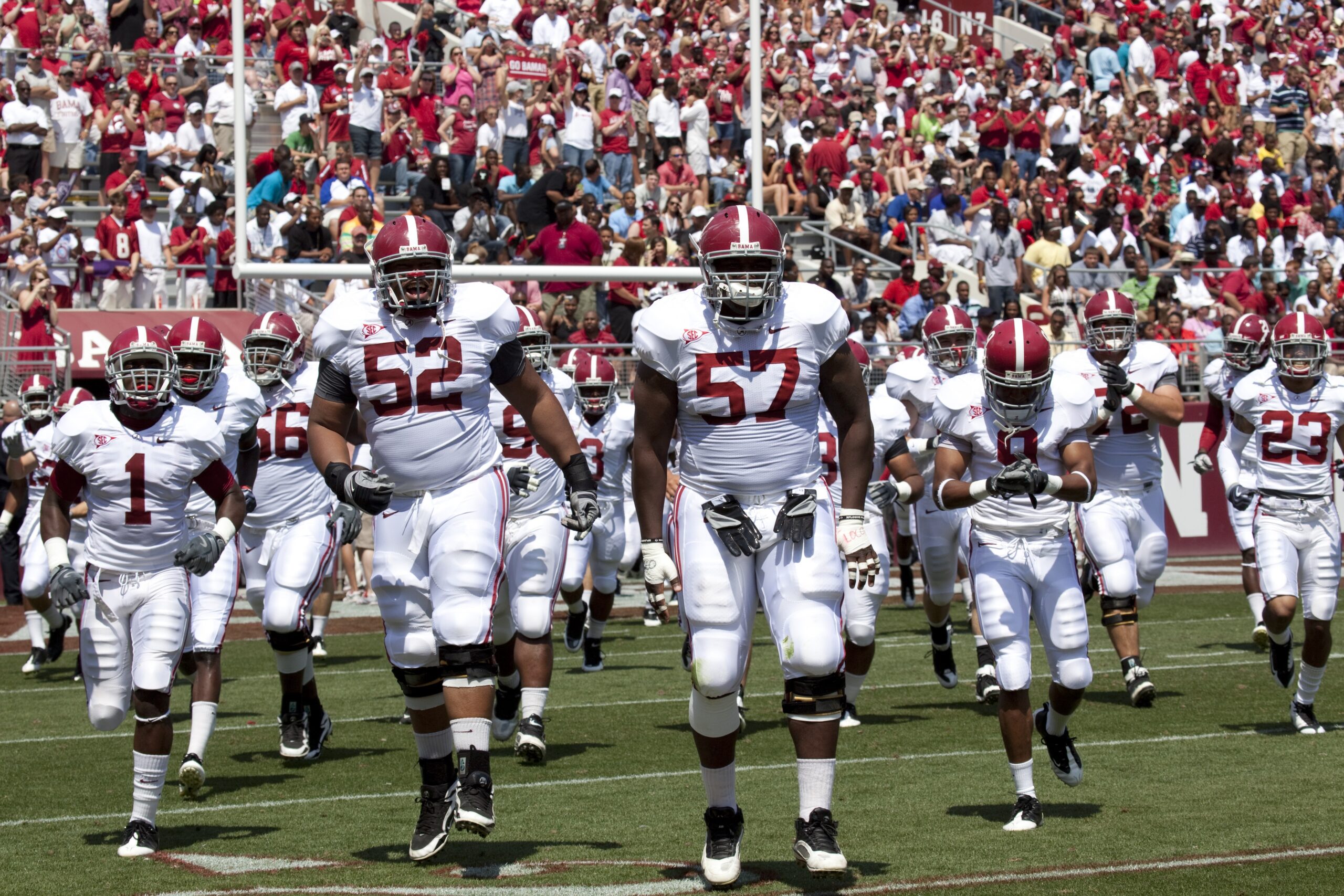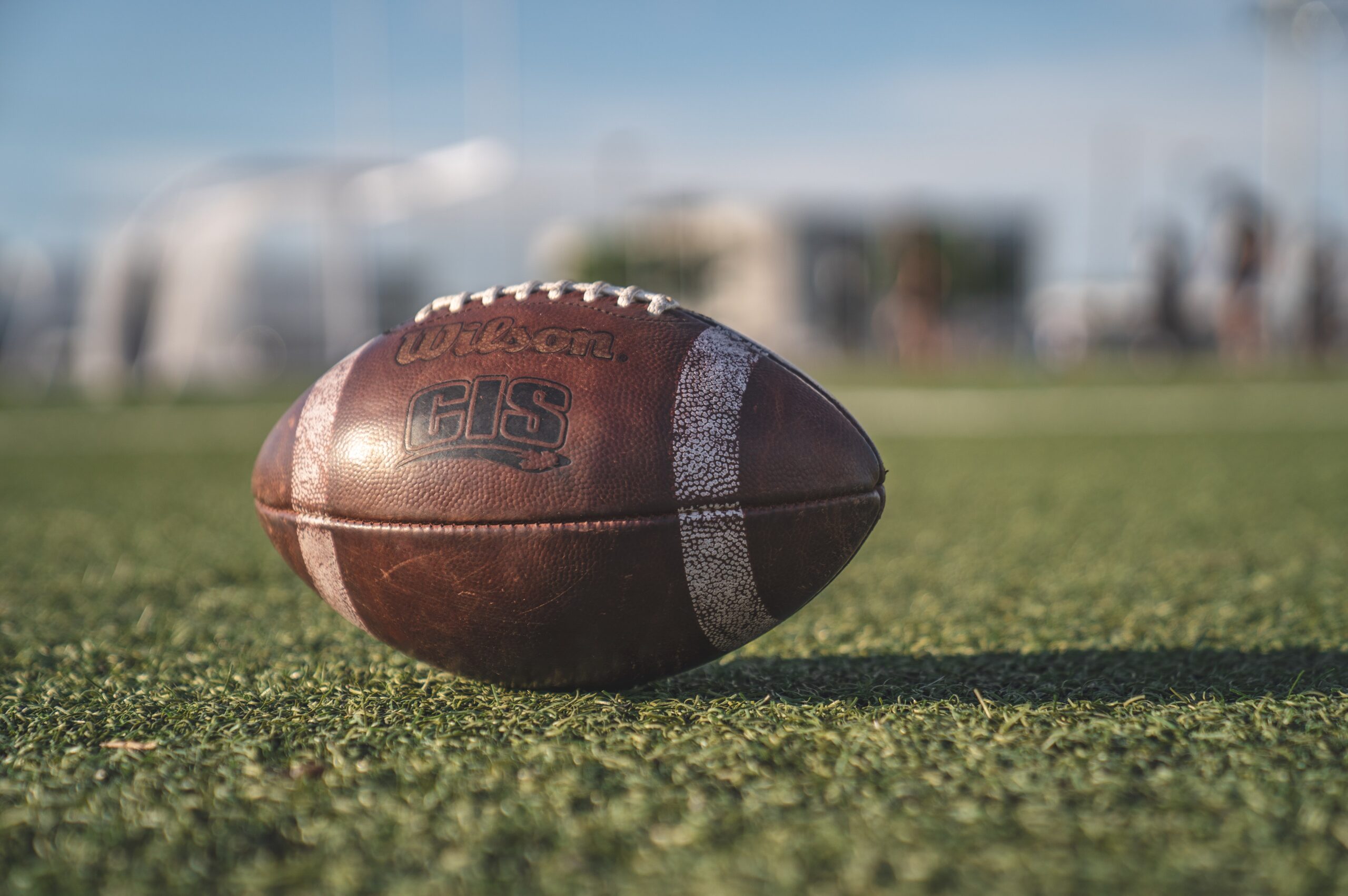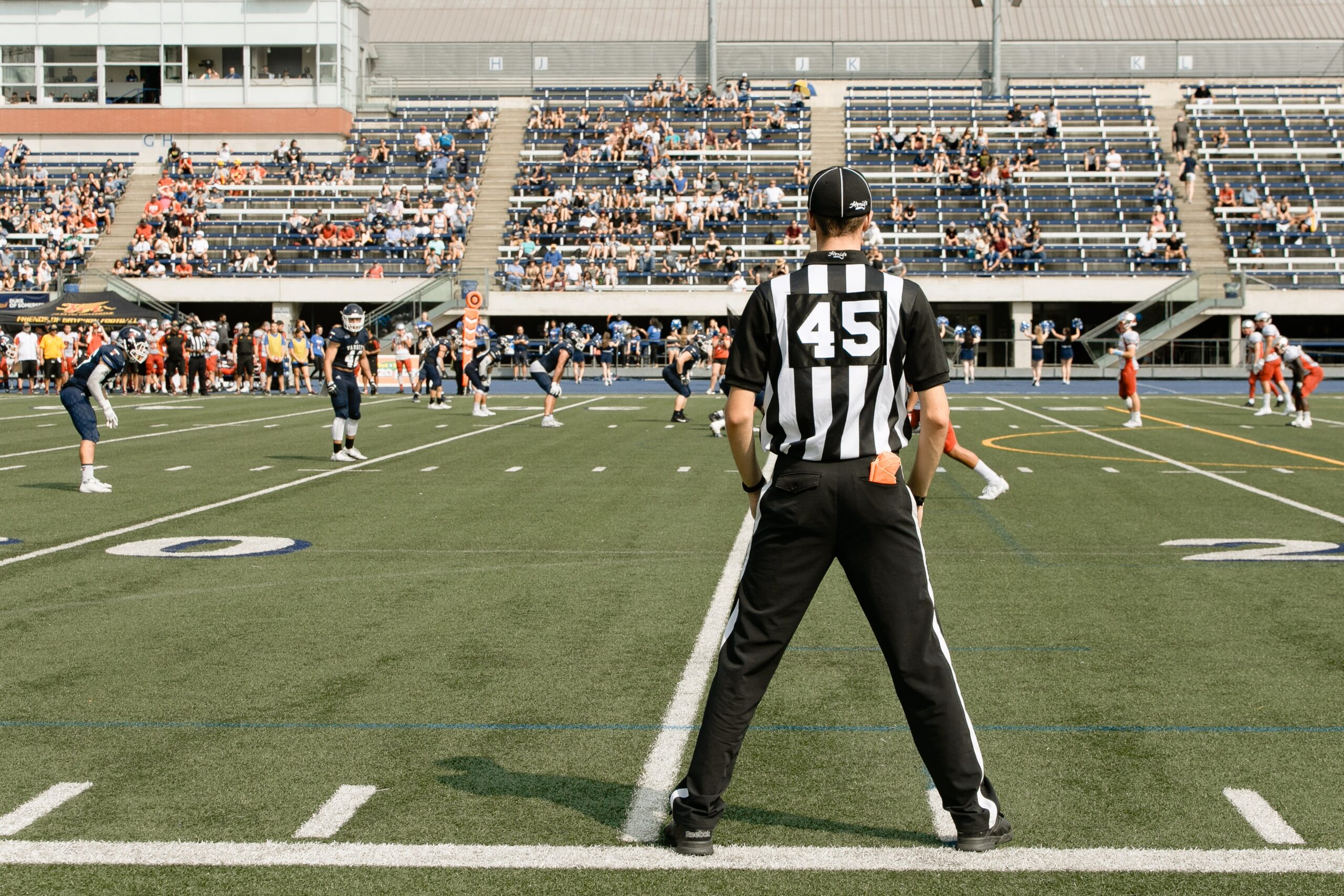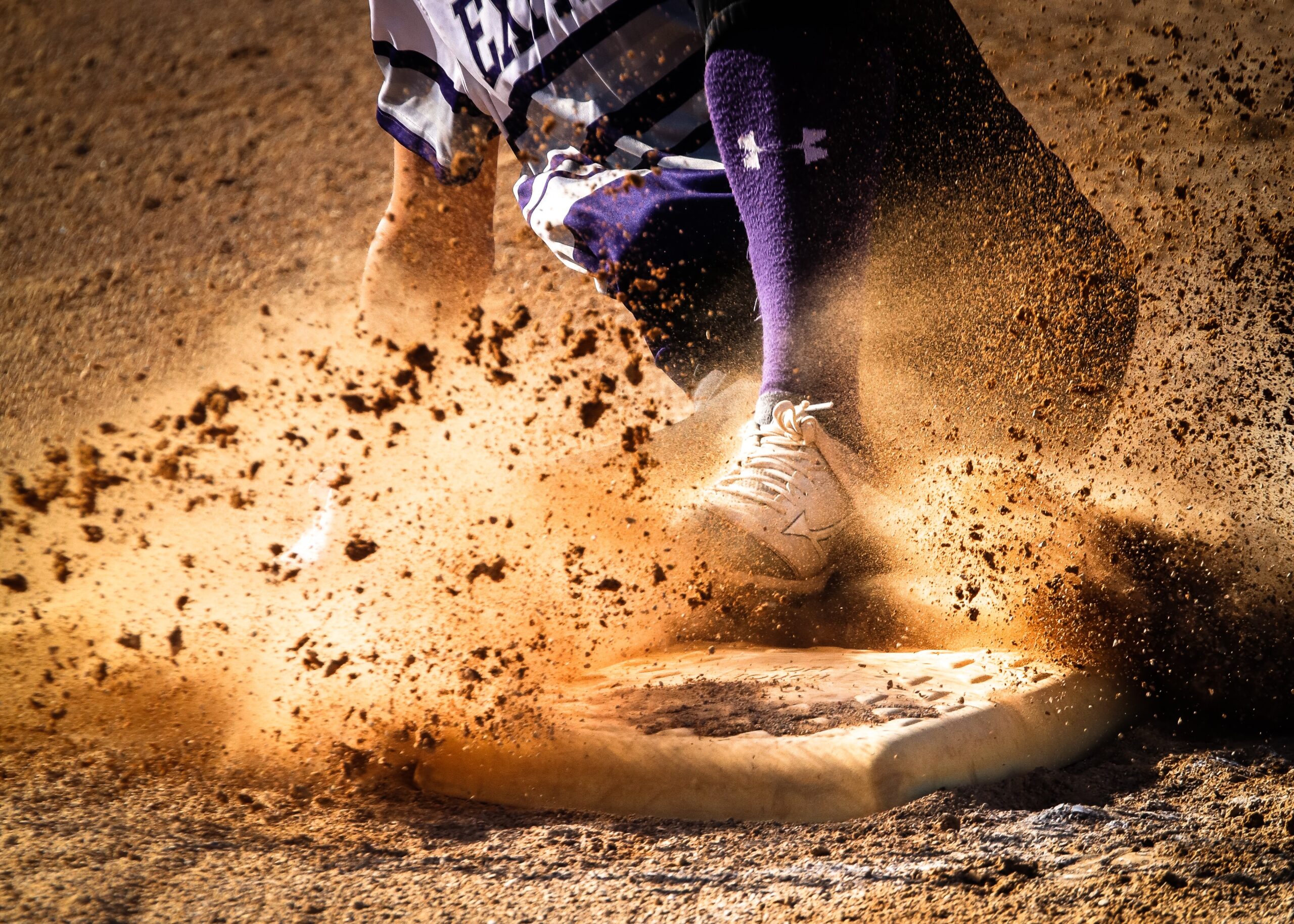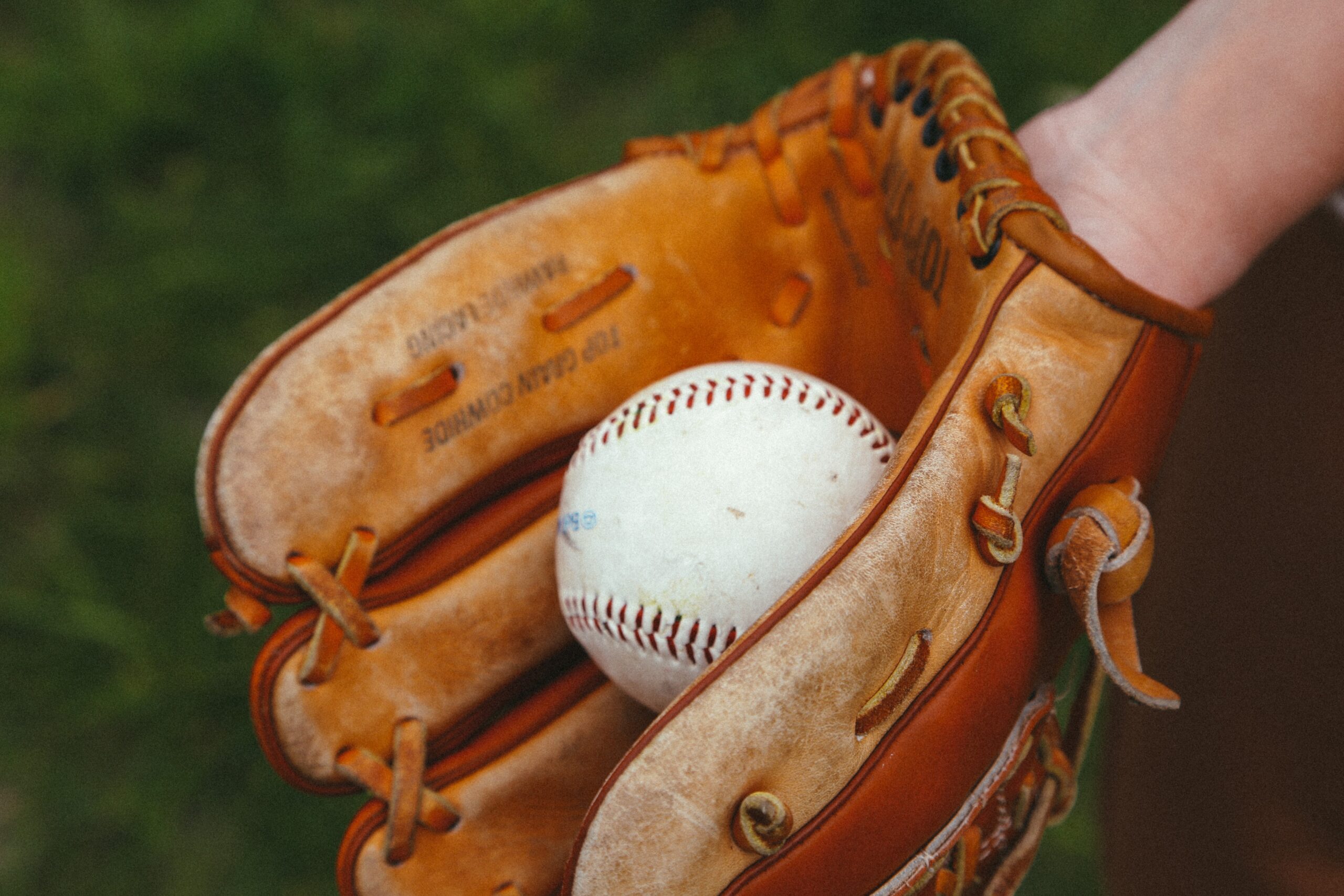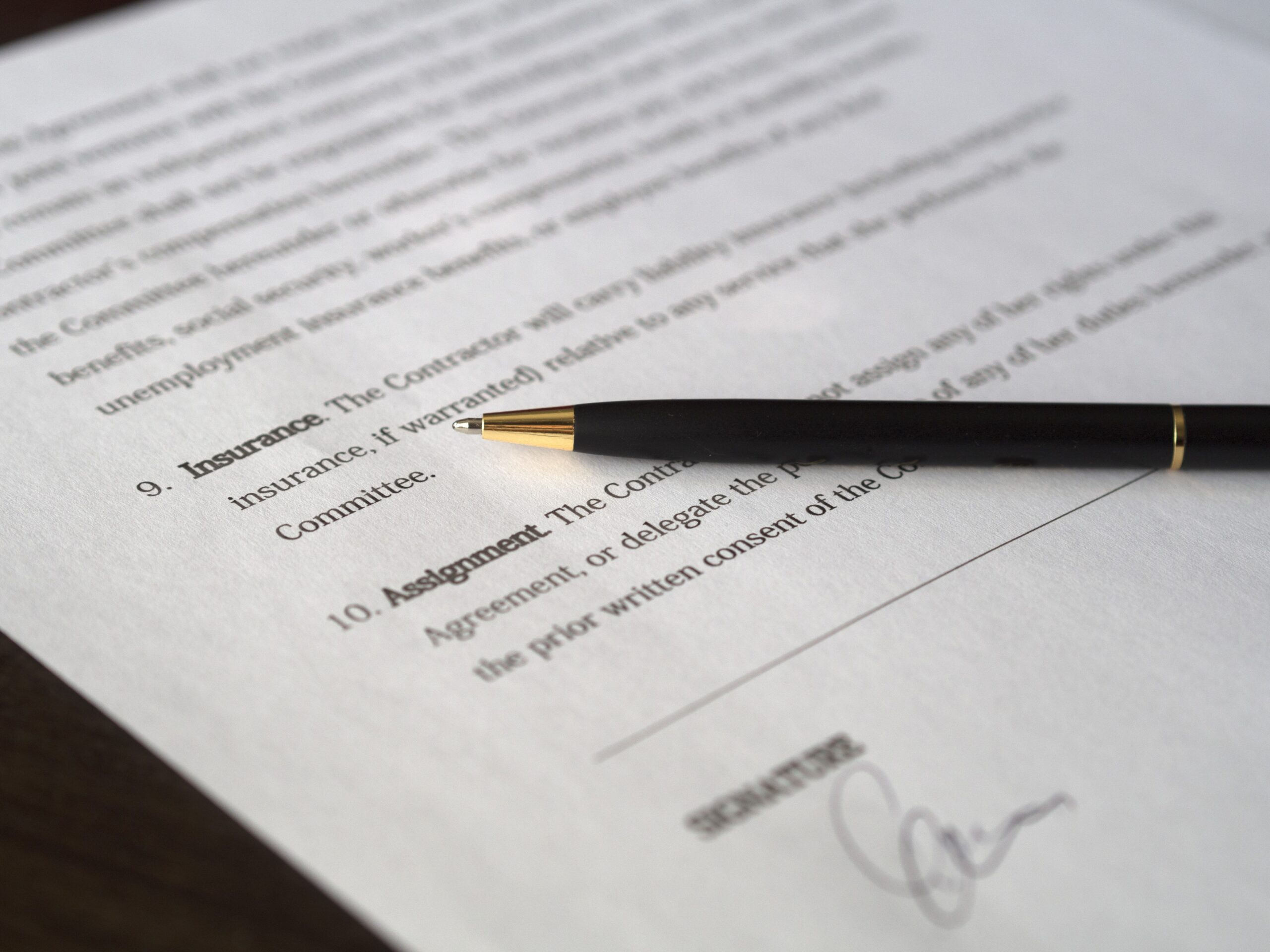What is Name, Image, and Likeness (NIL)?
NIL stands for name, image, and likeness for college athletes. Using their NIL, student-athletes can receive financial compensation through marketing and promotional opportunities.
The world of college sports has created an incredible marketing opportunity for student-athletes and companies. For decades, however, the only ones not profiting from these opportunities were the student-athletes themselves”
Until recently, there was the question of whether or not college athletes should be paid for their name, image, and likeness. After legislation allowed college athletes to receive compensation for their name, image, and likeness in July 2021, a new question arose: In what ways can college athletes receive financial compensation?
In this blog, we’ll outline everything there is to know about name, image, and likeness. We’ll explore the history of NIL and how the rules have changed so college athletes can take advantage of financial opportunities.
What is the history of the NIL?
Before 2021, it was illegal for student-athletes to receive NIL compensation under any circumstance. Many universities and colleges have been suspended for paying student-athletes – even players have faced trouble.
For example, Reggie Bush was forced to forfeit his Heisman Trophy in 2005 after an investigation found that, over the years, he and his family had accepted cash, travel expenses, and even a house in San Diego where his family lived rent-free. But Bush is just one of the long list of athletes and universities to receive punishment for their compensation.
Potentially the most notable NIL incident is the O’Bannon v. NCAA case in 2015. In that case, it was determined that the NCAA football game, created by EA Sports, used “lookalike” players in their video games, and college athletes were not allowed to receive compensation for their likeness in the game. EA Sports and CLC settled with O’Bannon and the plaintiffs on a $40 million agreement that resulted in checks of a few hundred to a few thousand dollars sent to players whose likenesses had appeared in the game.
When did the rules begin to change?
On June 30, 2021, the Division 1 Board of Directors approved an interim name, image, and likeness (NIL) policy. This new policy allows all NCAA D1, D2, and D3 student-athletes to be compensated for their NIL as of July 1, 2021.
The argument of whether or not college athletes should be able to receive compensation has long been debated. Those who advocate for compensation argue that being a student-athlete in any division is a full-time job, that often requires overtime.
“Most collegiate sports teams spend more than 40 hours a week training and practicing, which is equivalent to a full-time job. These athletes have little time for a life outside of athletics. They do not have the time required to get a job. This makes a stipend their only form of income.” -Global Sports Matter
On the other hand, some argue that there’s an unfair advantage for big name athletes. They claim that D2 and D3 athletes have a significantly lower chance of finding NIL deals compared to D1.
So why did the NCAA change the rule?
It’s important to note that state legislation overrides the NCAA. This created a problem for the NCAA, and an opportunity for state legislators to change the ruling, and the State of California paved the way for the ruling to change.
California was the first state to pass such a law when the Fair Pay to Play Act was signed into law in 2019, and other states followed. California was set to allow athletes to receive compensation beginning in 2023, but the NCAA intervened and sped up the process by making it legal for all college athletes around the country to receive financial compensation.
Who is Eligible for NIL Deals?
College athletes on any level can receive financial compensation. This includes D1, D2, and D3 athletes. Although, athletes still must abide by their state laws in doing so.
For instance,states such as Texas prohibit athletes from working with companies like e-cigarette brands, alcohol, and sports gambling. In contrast, California has minimal restrictions around the types of partnerships a student-athlete can engage in.
Finding NIL Deals
There are several ways college athletes can receive compensation using their name, image, and likeness, including:
- Monetizing social media accounts
- Autographs
- Advertising campaigns
- Starting their own business
- Attending camps
- Endorsement deals
Some of the biggest names in college sports such as Bryce Young and Suni Lee have already received massive deals:
- One of the most popular names in the sports world, Alabama quarterback Bryce Young was expected to cash in on NIL deals, and he has. In March of 2022, it was reported that Young had received over $1 million from endorsements. Cash App, Subway, Logan’s Roadhouse, and BWM are just a few of his sponsors.
- It was reported that Olympic gold medalist, Suni Lee, is worth more than $2 million with all of her endorsements, including her money and gifts from the Olympics, and Dancing with the Stars.
- It was reported that Olympic gold medalist, Suni Lee, is worth more than $2 million with all of her endorsements, including her money and gifts from the Olympics, and Dancing with the Stars.
The Future of NIL
The future of opportunity for college athletes is bright. Athletes all around the U.S have already taken advantage of NIL deals. Not only does this benefit college athlete, but their communities as well. We see more athletes using their money for good causes, such as Michigan’s running back, Blake Corum, who used his NIL compensation to buy Thanksgiving turkeys for those in need
NIL opens a new door and college-athletes, universities, and marketers. While there are certain to be changes and tweaks to the NIL law, one thing is for certain: NIL is here to stay.
